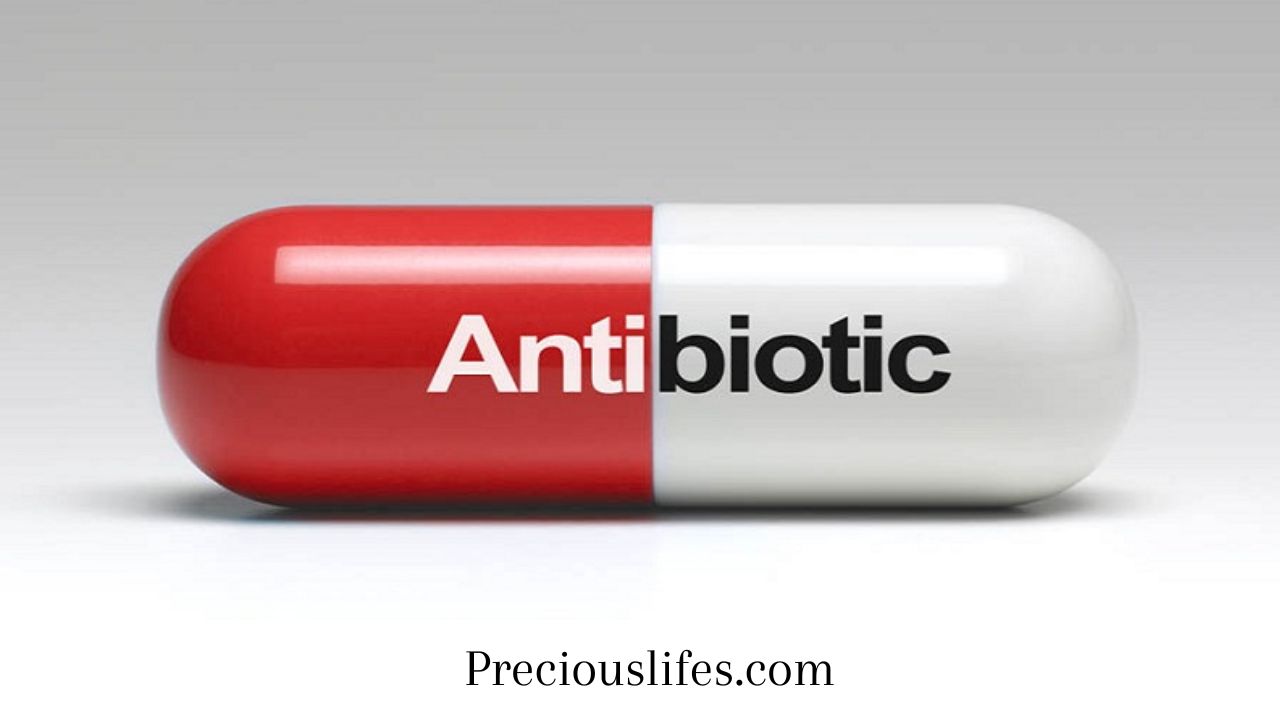Antibiotics For Tooth Infection - Preciouslifes.com
- Home
- Antibiotics For Tooth Infection
- Antibiotics For Tooth Infection

Antibiotics For Tooth Infection, Best Online Dental prescription: Preciouslifes

Antibiotics For Tooth Infection: Most people know it is ideal to avoid dental infections. Infections in the teeth can be excruciatingly painful and need teeth removal. Even worse, they may result in significant health issues far beyond oral health.
Everyone’s mouth is full of bacteria. In actuality, bacteria are present on our teeth, tongues, and all other oral surfaces. However, a healthy mouth naturally resists infection. Bacteria can enter through holes in that armor, such as those caused by cavities, gum disease, or tooth trauma, and begin to cause problems.
The tooth itself may get infected from a dental infection, or the tooth root and adjacent gums may develop pockets of infection. Abscesses are the medical term for these infected areas. Keep reading to learn what to do if your tooth is giving you trouble.
Virtual Visits For Immediate Relief From Tooth Infection

Want some relief from a tooth infection? Visit a dentist online. You may get specialized products and professional advice from the comfort of your home with your digital assistant, Preciouslifes. By supplementing in-person dentist visits, personalized digital dental reports and screenings promote oral health. Our main objective at Preciouslifes Website is to provide patients with high-quality service at competitive pricing so they can finish their dental procedures as soon as feasible. For any dental assistance or consultation, contact the dentist right away at +1-317-893-3134.
Tooth Infection Symptoms

Pain is frequently the most obvious symptom of a tooth infection, although it isn’t always localized to the tooth that is infected. The discomfort from an infected tooth can radiate into the jaw, cheek, and neck since our teeth are so closely related to so many nerves.
Other indicators to watch out for are:
● Tooth sensitivity to pressure, heat, or both
● sensitivity near the tooth
● swelling of the jaw, cheek, or mouth
The Distinction Between A Tooth Infection And An Abscess A pus-filled pocket may develop at the tip of the root of a tooth infection and spread to the tissue surrounding the root. A term for this is an abscess.

Tooth Abscess
When a tooth infection spreads to the gums or the deep tissue in the tooth’s root, a tooth abscess results, and pus from the condition may amass at the tooth’s root or in the gum tissue pocket surrounding the tooth. Intense pain may result from the trapped pus pressing against the inner tooth walls as the illness progresses.
Stages Of A Tooth Infection
An abscess develops from a dental infection after going through numerous phases.
● Decaying enamel. Bacteria are in the sticky film (plaque) that builds up on your teeth between brushings. These bacteria produce acid over time, harming the tooth’s enamel (outer layer).
● Decaying dentin. The tooth’s outer layer is penetrated by bacteria, infecting the below layer. The dentin, a softer layer of the enamel, is what we are referring to here.
● Degradation of the pulp. The germs spread to the pulp, which is much more delicate, at the center of the tooth, where they assault the nerve.
An untreated tooth infection can develop and spread outside the tooth’s pulp. This can result in an abscess, a pus-filled pocket lodging in the tooth, jawbone, or gum tissue.
Causes Of Tooth Infections

Bacteria entering the tooth and surrounding tissues is the usual cause of tooth infections and abscesses. As was previously noted, this can occur if the mouth’s natural defenses, such as the tooth enamel and gums, are damaged. Particularly tooth infections frequently arise as a result of:
● Cavities
● Gum disease (periodontal disease)
Poor oral hygiene and the accumulation of dental plaque on and around the teeth are the two leading causes of cavities and gum disease.
Dental trauma, such as a chipped tooth, and dental procedures are other less frequent causes of dental infections.
Treatment For Tooth Infections
Your dentist will determine the best course of action depending on your symptoms and how far the infection has advanced. Most folks will require antibiotics and painkillers.
Surgery may occasionally be required to drain an abscess and remove dead tissue. Infections that are more difficult or pervasive could need weeks or even months of antibiotic therapy. Beyond antibiotics, several dental procedures can help treat tooth infections:
● Cavity filling: By filling a cavity, a hole left by decay in the tooth’s enamel can be restored. A new infill is added after the damaged area has been excavated.
● Pulp removal: The pulp from the top of the tooth might be removed to treat pulpitis.
● Root canal: The entire root and pulp will need to be removed if there is extensive deterioration.
● Extraction: In some circumstances, if the tooth has sustained too much damage to be saved, the dentist will remove it.

Can You Purchase Medications For A Tooth Infection Without A Prescription?
A doctor’s prescription is required to get antibiotics for tooth infections. The FDA advises against taking medications prescribed for someone else or leftover antibiotics from a prior illness. This will aid in the fight against the rising issue of antibiotic resistance.

